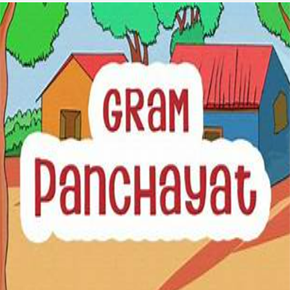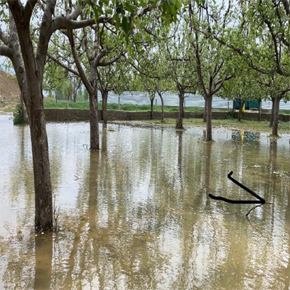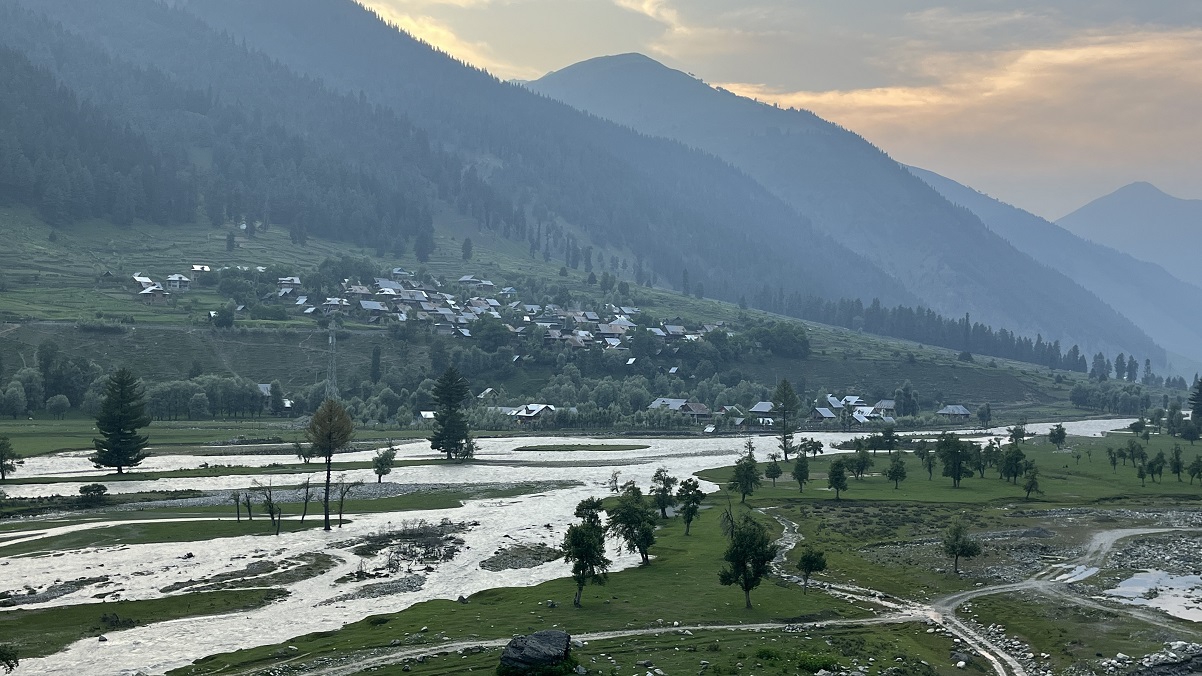THE National Green Tribunal (NGT) has once again imposed a penalty on the Jammu & Kashmir Government. This time, it is a huge fine, a whopping Rs 35 Crores.
The NGT’s principal bench headed by Justice Adarsah Kumar Goel in his order dated October 14th 2022 said that apart from compliance in future, the liability of the State has to be fixed for the past violations in the light of earlier binding orders passed in pursuance of orders of Hon’ble Supreme Court dated 2.9.2014. The Principal Bench’s order said that the tribunal has to follow ‘Polluter Pays’ principle under Section 20 of the NGT Act.
In March this year, NGT had imposed Rs 3 crore penalty on the Government. The Srinagar Municipal Corporation (SMC) , Chadoora & Budgam Municipal Committees and Geology & Mining Departments paid Rs 3 crores in total and the said penalty amount was deposited in DC Budgam’s account as per NGT’s order. The money was to be utilized for cleaning up of Doodh Ganga.
Ironically, even as months have passed, the Govt has failed to utilise this money. Solid waste continues to be dumped on the banks of Doodh Ganga from Branwar in Chadoora to Barzulla in Srinagar. The District Administration Budgam and Srinagar Municipal Corporation (SMC) have failed to undertake even a single activity around Doodh Ganga since March this year. This was viewed seriously by NGT, who have now, in their fresh order, asked the J&K Govt to deposit Rs 35 crores as penalty money which has to be utilized for Doodh Ganga clean-up work.
Dirty and Dying
Doodh Ganga looks like a big drain now as solid waste, liquid waste and illegal mining have choked it. This pollution has had an adverse effect on related activities which have transmuted the toxicity to humans and the adjoining ecosystem as well.
For instance, the constant pollution and illegal riverbed mining in Doodh Ganga is impacting Hokersar wetland as Doodh Ganga is the main feeding channel for this wetland which is visited by a large number of migratory birds every winter. The dumping of solid waste,liquid waste and illegal riverbed mining has resulted in severe water pollution and disruption of water flow, which has impacted Hokersar. The Silt has begun to accumulate in the wetland area due to the muddy water brought to it by the Doodh Ganga, which is the result of the deep mining of the riverbeds near Chadoora town. The muddy water filled with solid and liquid waste constantly provided to the Hokersar wetland by the Doodh Ganga is degrading this bird sanctuary and if this illegal activity continues a few more years, migratory birds will stop visiting Hokersar.
Not only this, but also, unhygienic and unclean water is being supplied to people living in Srinagar uptown areas from the Doodh Ganga water supply scheme located at Kralpora in Srinagar outskirts. This is an open violation of Water Prevention and Control of Pollution Act 1974. This is what my counsel had highlighted in the petition filed before the National Green Tribunal (NGT) last year.
Finding a Way Out
Some years back, I had suggested the setting up of a state level waste management authority so that this independent institution could work exclusively on sanitation and waste management. This institution could supervise all the institutions that work towards waste management. Now, the NGT in its recent order has also expressed the need to have such an institution in J&K. It said that brainstorming around waste management issues is of great importance and the Government must hold such sessions with experts and other stakeholders in the State at different levels and evolve models for both solid and sewage management which can be fast replicated. The NGT also suggested that special campaigns with community and media involvement in the larger interest of protecting environment and public health with determination for prompt action is of great importance. These brainstorming sessions may enable capacity enhancement of the regulators and the processes. Campaigns and community involvement may result in reducing the financial and administrative load on the administration. Govt must also utilise the services of local religious leaders and scholars who can be trained to speak on waste management, water conservation and pollution in their Friday sermons and whose field visits can also be taken up by the Govt with active participation of Urban local bodies,Rural development department, PHE Jal Shakti and other departments.
The NGT order also suggested that the recommended mechanism should be working on a full time basis. Its functions should include preparing a comprehensive blueprint, periodic review of progress in bridging the gaps in sewage and solid waste management and establishing continuous interaction with the stakeholders, including experts and institutions, concerned departments, community members and all other stakeholders. The Tribunal further said that there must be a continuous training programme for those involved in execution of waste management projects.
Moreover, there are lots of garbage dump sites that have been created on the banks of rivers and streams in Kashmir valley. Infact rivers, canals, streams are now used to dump household waste in rural areas and Doodh Ganga is one such waterbody where we see heaps of legacy waste lying for years. The riverbank sites have become a nuisance for people. Most of the legacy waste on the river banks is hazardous and needs to be incinerated but no steps are being taken in this direction. We are burning huge amounts of fossil fuel on a daily basis in our cement plants in Kashmir but authorities are not playing a role to convert the legacy waste into Refuse Derived Fuel (RDF). The RDF can replace coal to a great extent and act as a fuel.
The fresh penalty of Rs 35 Crores should shake the conscience of our authorities and they must without any failure start clearing the legacy waste from Doodh Ganga in next two months and convert the same into RDF that can be used as fuel in cement kilns. The use of RDF is allowed to be used in cement factories as this is burnt at a very high temperature and thus very less amount of poisonous gasses are emitted from it.

























































































